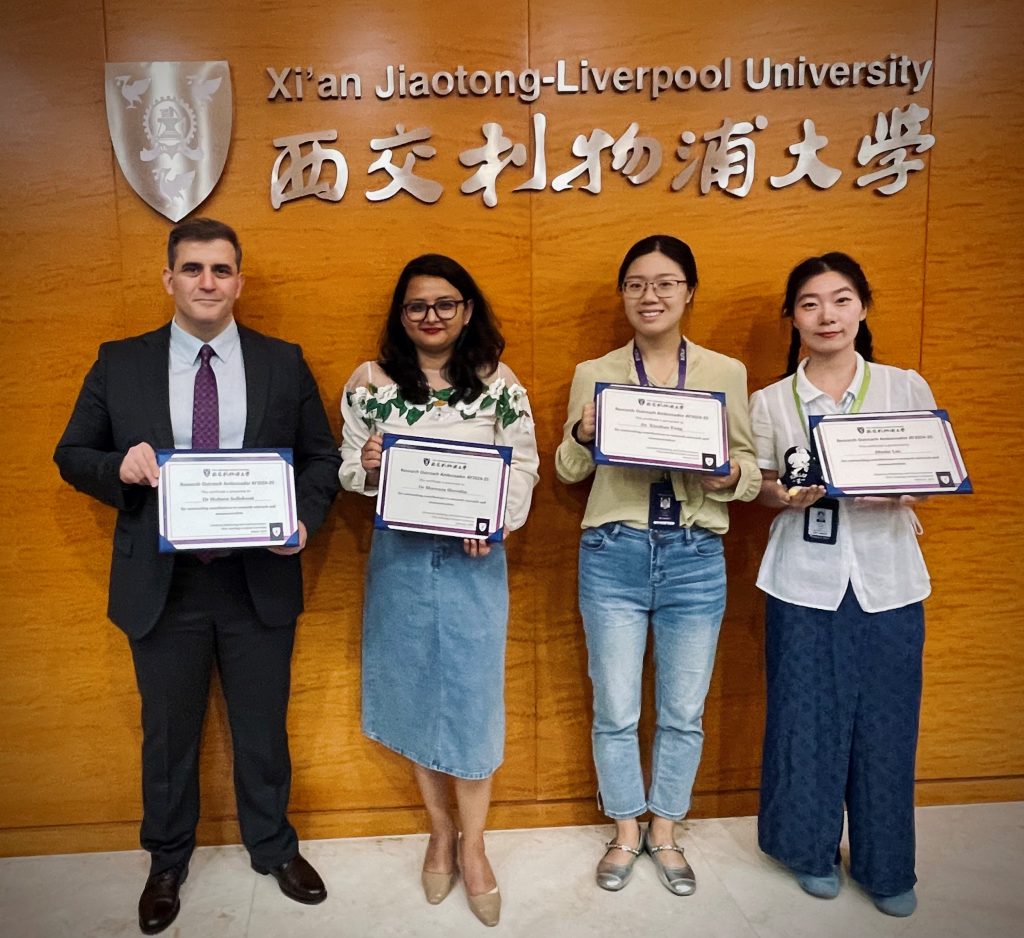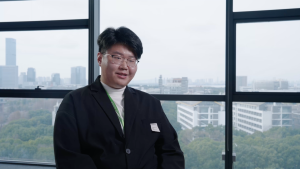17 Jun 2025
In traditional museums, the height of exhibits, viewing distance, and tools like magnifying glasses are carefully designed to enhance the viewing experience. However, these curation strategies become ineffective in virtual reality (VR) museums, where the lack of physical space constraints allows visitors to move freely and interact with exhibits.
To adapt curation for VR environments, a research team from Xi’an Jiaotong-Liverpool University (XJTLU), the University of British Columbia, Canada, the University of Liverpool, UK, and the Hong Kong University of Science and Technology (Guangzhou), China, has developed ResponsiveView, an AI system embedded in VR devices. This system dynamically adjusts the position, distance, and interactive scale of exhibits based on their size, detail density and the user’s eye level, providing a comfortable and personalised viewing experience.
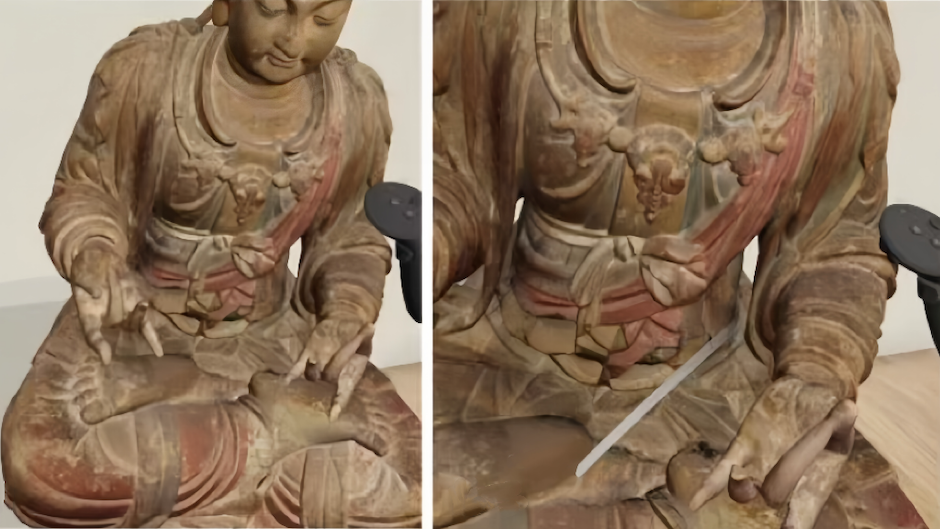
Observing cultural exhibits up close in a VR museum
The research has recently been published in IEEE Transactions on Visualization and Computer Graphics (TVCG), a leading journal in computer graphics and visualisation, and presented at the 32nd IEEE Conference on Virtual Reality and 3D User Interfaces (IEEE VR 2025), a premier international conference in VR, augmented reality (AR) and mixed reality (MR).
“Our goal is to create a ‘just right’ viewing experience for every user,” says Xueqi Wang, the paper’s first author and a PhD candidate at XJTLU’s School of Advanced Technology.
“ResponsiveView acts like an invisible curator, analysing user behaviour in real time to optimise exhibit displays. For example, the system automatically lowers an exhibit’s height for shorter users or brings detailed exhibits closer to viewers, reducing the need for manual adjustments and preventing strain from prolonged awkward postures.”
Data-driven design enhances user experience
To build predictive models, the team collected user behaviour data during fixed-position viewing and handheld interactions such as zooming and rotating exhibits. These models then determined the optimal parameters for exhibit height, viewing distance, and zoom level.
Wang’s supervisor, Dr Yue Li from the Department of Computing, explains that ResponsiveView is compatible with mainstream VR devices. Tests on hand-tracking and controller interaction devices show that the system significantly reduces user effort, with its auto-adjustment features improving both comfort and efficiency.
“VR technology offers possibilities for displaying cultural heritage, but realising its potential in balancing freedom and natural interaction requires solving many human-computer interaction challenges.
“ResponsiveView’s innovation lies in translating user behaviour data into design principles, ensuring that technology truly serves human needs. Current research on optimising 3D object viewing in VR museums remains limited, making this system academically novel and with industry potential,” Dr Li notes.
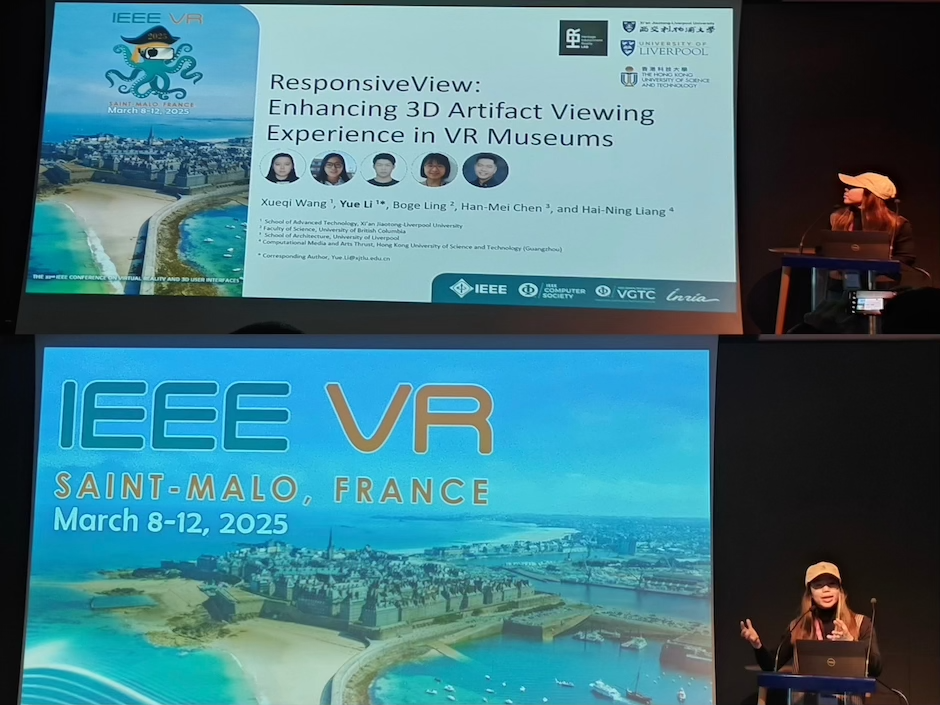
Dr Yue Li presented the team’s work at the IEEE VR 2025 Conference
VR facilitates cultural dissemination
Wang highlights that ResponsiveView is not only applicable to VR museums but can also improve cultural education, virtual exhibitions, and e-commerce product displays. For instance, online shoppers could interact with products more freely in VR.
The team plans to explore multi-user collaborative viewing and cross-platform adaptability, enabling seamless group VR experiences and ensuring compatibility across devices and operating systems.
“We aim to make VR exhibitions more flexible and accessible, driving broader adoption of VR in cultural communication,” Wang adds.
By Huatian Jin
Edited by Katharina Zhu
Photos courtesy of Dr Yue Li and Xueqi Wang
17 Jun 2025
RELATED NEWS
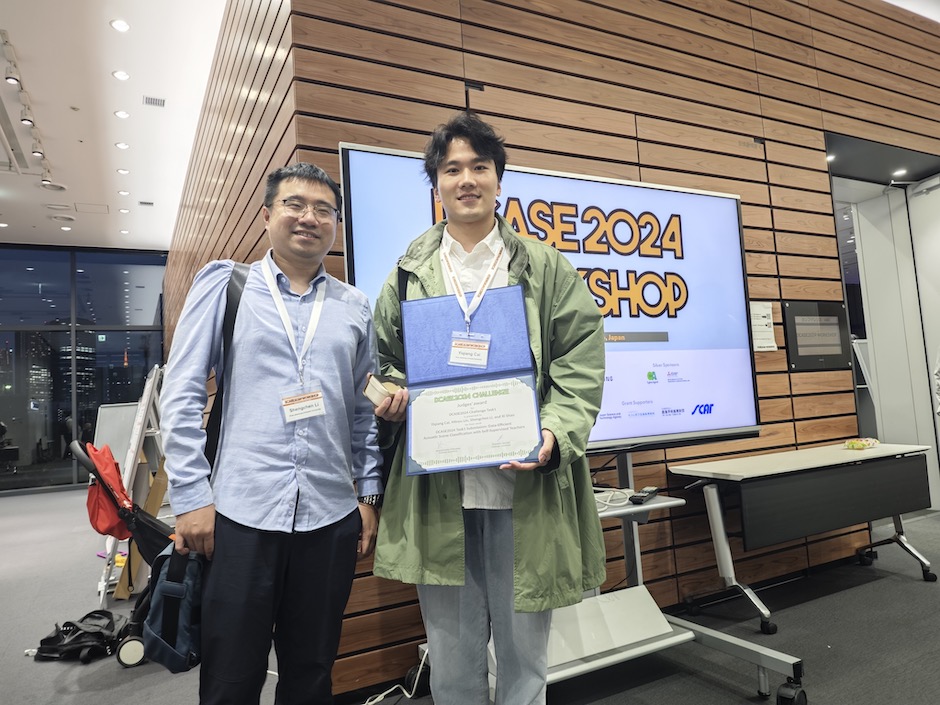
Team wins Judges’ Award at international contest with acoustic scene classification system
Helping smart devices identify sound environments enhances safety and user experience in various applications such as hearing aids and self-driving vehicles....
Learn more
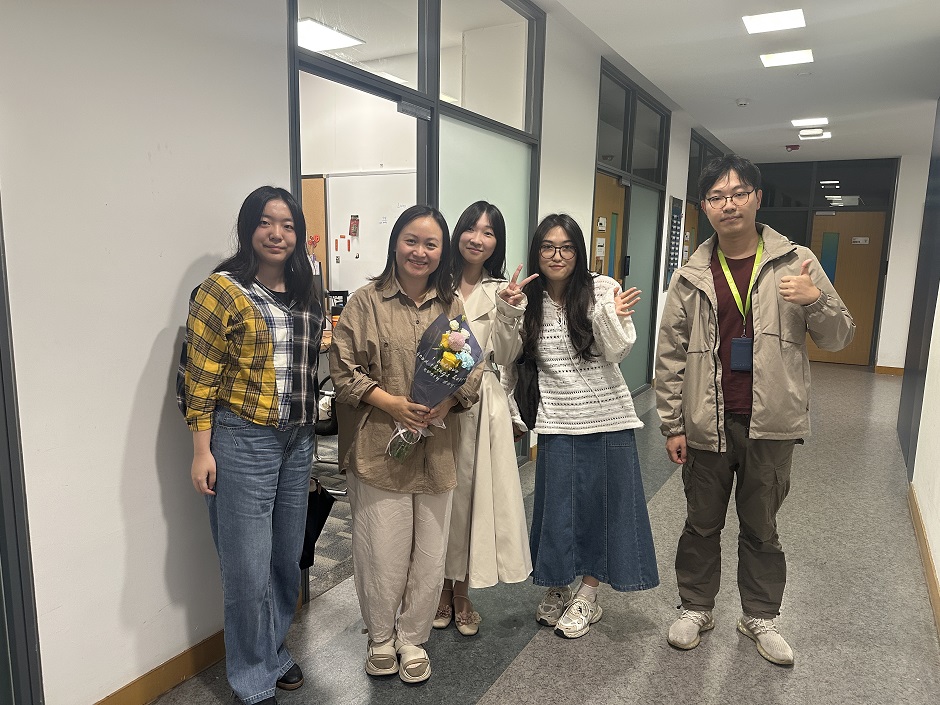
SAT academic wins IEEE VIS Test of Time award
In a world overflowing with data, turning complex information into visual representations is more important than ever. Visualisation techniques are widely us...
Learn more



